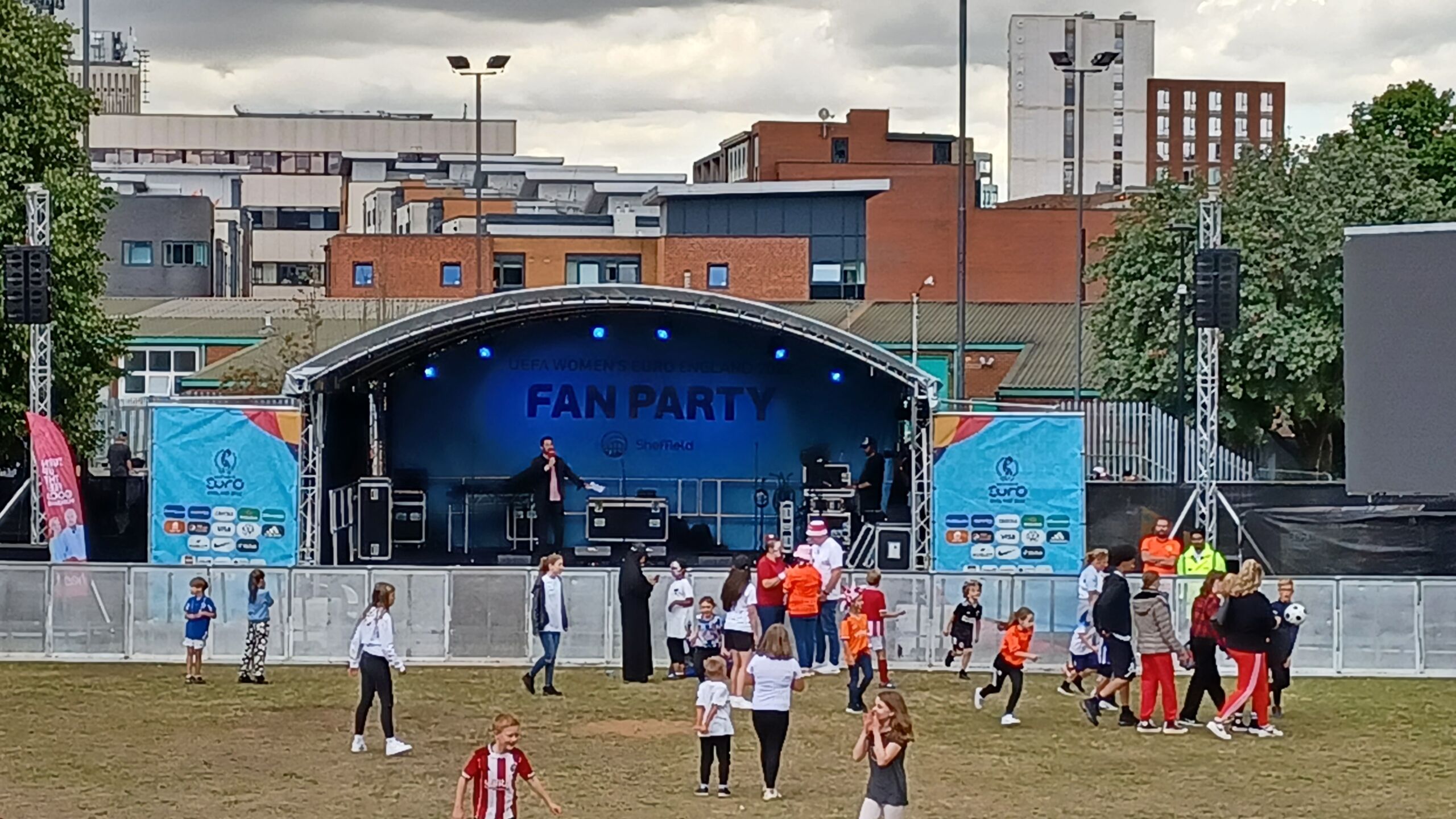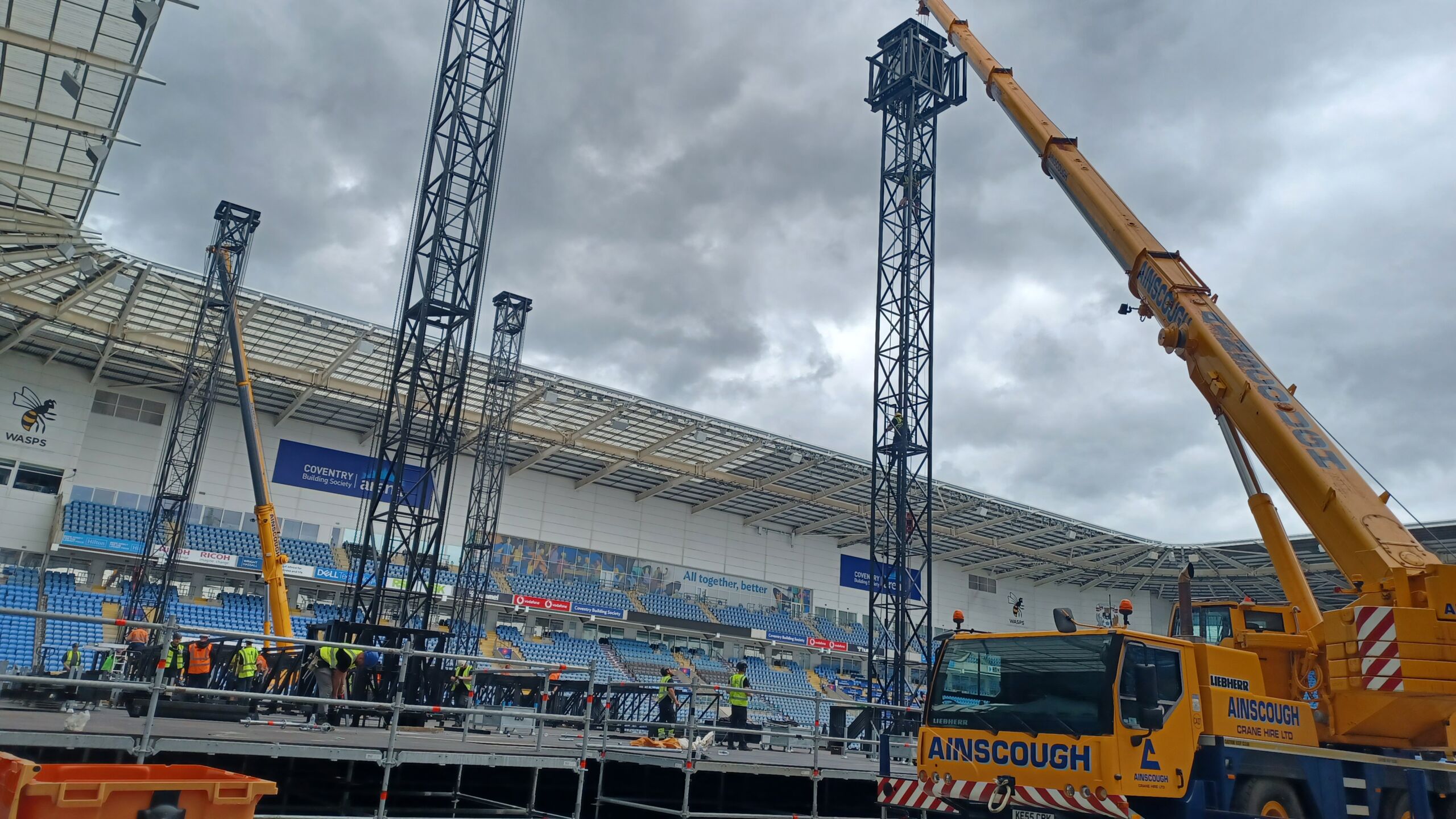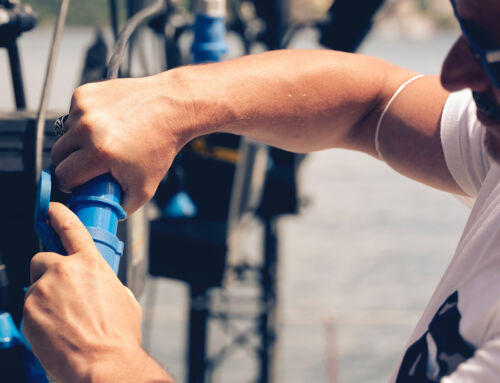When we build a safety management system for events and festivals, there’s a lot of focus on collecting and checking documents.
Why are we so concerned about this paperwork?
- We need to check that the event suppliers are all planning with safety as a priority
- We can check that the plans put in place are compatible with the event’s plans
- The documents explain the suppliers’ plans: what they are going to do, and how they are going to do
- If a supplier is behaving in an unsafe way on site, or not doing what they agreed, we can refer back to the documents that they submitted and hold them to account in that way.
- If the supplier causes harm or damage, we can point to the documents that we collected. We can demonstrate that we checked their plans and that those plans were compliant with UK law. This shows that the event did everything that was reasonably practicable to make sure that the supplier’s work was safe.
How do we collect the paperwork?
We live in a digital world. All the documentation that is required by an event should be available online. Hard copies of documents can be scanned or photographed and shared that way.
Acumen Safety provides a Google Drive folder that the event’s management team can use to store the submitted documentation. The documents can be uploaded when they are submitted as part of the booking process. We also supply a document tracker that can be edited live so that everyone involved knows where we are at in this safety pre-event stage.
Collecting and checking the paperwork from our suppliers gives us a means of vetting their plans. We can make sure that they are planning with safety as a priority – for their staff and our guests. This part of the planning stage enables our quality control process – we can make sure that our suppliers are going to provide exactly what the event needs, when it needs it – in the right way

What documentation do we collect?
Essentially we need to have copies of all of the documents that answer these questions:
- How are you going to complete the work tasks?
- How do you know what you are doing is safe – and how can you prove it?
- How do your crew know how to complete the work safely?

Different suppliers will have different roles onsite, which means that the paperwork requirement differs between suppliers.
All suppliers will need to produce
- Public Liability Insurance. We need to know that suppliers carry public liability insurance so that if they injure someone or damage property through an error that they make, they will be able to pay compensation. The amount of insurance is a matter of policy set by the event, but we would normally recommend cover of up to ten million pounds.
- Employers Liability Insurance. This is a legal requirement for a company with staff, so by collecting this certificate we are checking that the supplier is compliant with UK legislation.
- Evidence of staff training, whether this is for driving plant machinery, rigging equipment or firing fireworks.
- A health and safety policy. All employers must have a health and safety policy, and if the supplier has more than 5 staff it must be written down. This document allows us to check that the supplier is legally compliant, and we can review their policies and check that they are compatible with the event’s policies.
- A risk assessment of the work activities to be undertaken. This is a legal requirement, and reviewing this document means that we can check that the supplier has considered all of the risks in their work activities, and put in place suitable control measures.
- Method statements for the work activities. This isn’t strictly required by law – but it is best practice. The event is perfectly entitled to request method statements for work tasks planned. These documents are a useful briefing tool for staff, and lay out the steps that they need to take to complete the work safely, as well as giving key safety information such as the PPE required and the control measures that need to be put in place.
- Equipment testing records. We need to make sure that any work equipment bought onsite is safe for use. Checking that it is maintained is the logical starting point. Employers are also obliged to maintain work equipment under the PUWER Regulations. This maintenance also extends to electrical equipment. A PAT certificate is one way of making sure that suppliers test and maintain their electrics, but Portable Appliance Testing is not in itself a legal requirement. It is important that the electrical testing regime is fit for purpose, and an annual test is probably not adequate for equipment that is moved from event to event each week!

Suppliers of Temporary Demountable Structures (TDS) will also need to supply:
- Drawings of the structure – so we understand what they are supplying, what it looks like, what its footprint is etc. These drawings allow a third party structural engineer to confirm that the structure has been built as it was designed
- Engineering calculations. These calculations give us key structural information such as the maximum windspeeds that it can safely withstand, what amount of weight we can install at what point and how much snow can gather on the structure before it becomes unsafe. They can be used to demonstrate that handrails are safe for a roof with a stated capacity, that stage decks can handle the weight loading planned, or that a big top marquee is safe in high winds
- A wind management plan. This information is fed into the event’s adverse weather plan. This plan should indicate not only the maximum safe windspeed the structure has been designed for, but it will identify action points below that at which safety precautions need to be taken, such as checking ballast or opening doors to let the wind blow through.
- Fire retardant certification for the fabrics used in the structure. These tests, carried out by an independent third party, demonstrate that the fabrics in the structure comply with the relevant British standards for fireproofing. They also give us confidence that we aren’t installing flammable materials around enclosed spaces full of electrics and pyrotechnics
- A completion certificate once the structure has been installed. This documents that, at the time of signing, the supplier is satisfied that the structure has been safely installed and is safe for use.

Any suppliers who are working at height need to supply:
- A rescue plan. If a member of staff who is working at height is injured or needs sudden medical assistance, we need to know how they will be safely bought down to the earth. Rescues at height can be complicated and time consuming, especially if plans haven’t been made and the necessary equipment isn’t available.
- Testing records for equipment used for working at height. This is a requirement of the LOLER regulations. Lifting equipment needs to be tested every 12 months, unless it is used for lifting people. This equipment must be tested every 6 months.
Key service providers need to write a plan that explains how they will carry out the function they are contracted to provide. This includes:
- Medics
- Welfare
- Security
- Crowd managers
- Fire team
- Noise managers
- Bar supplier
There is a whole suite of paperwork that we need to collect for traders and food traders, but that topic deserves a deep dive of it own!
Once the paperwork has been collected it needs to be checked by a competent person who will make sure that it is in date and fit for purpose. Any significant information from that paperwork will need to be passed onto the relevant departments – for instance, weight loading limitations for a stage structure need to be given to the production team who will planning the rigging for the show.


